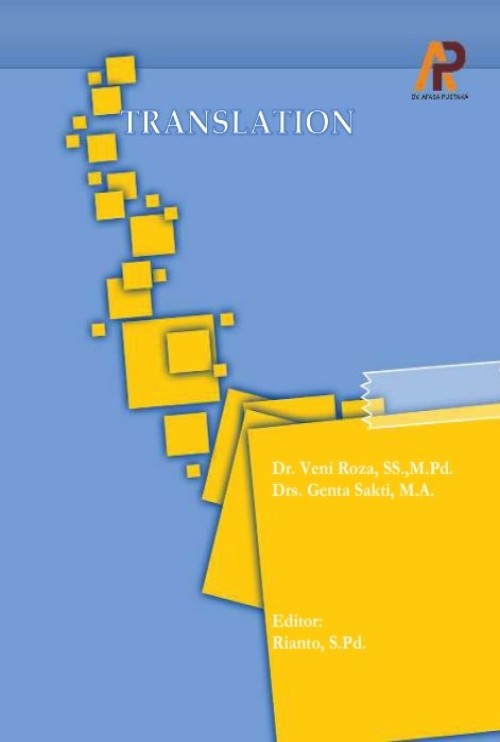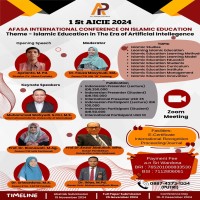| Sinopsis |
A book is a cultural product beneficial to measure a nation’s civilization. This book is an introductory textbook for students of translation seeking to develop their understanding of translation issues. The importance of the manuscript lies in adopting a bottom-up approach to translation issues which does not primarily address translation topics as problems and solutions but rather as critical issues to translation students. The book features practical exercises following each topic to test students’ understanding of the topic presented earlier. This enables students to apply their understanding of the topics discussed earlier to translate lexical units. Furthermore, this textbook presents five chapters each discusses translation issues at a different language level. Chapter I introduces the concept of translation in English and highlights the main translation methods and procedures. These include literal translation, free translation, adaptation, idiomatic translation, paraphrase and use of two techniques. The chapter presents the concept of equivalence and provides some examples of non-equivalence in different domains, a unique feature of this book. Chapter II discusses about the procedure of translation It begins with defining the concept of word, meaning, and the stage to translate. The chapter later reviews translation problems related to dictionaries and lexical gaps within the cultural, economic, and technical domains. Synonymy and polysemy are two major translation issues dealt with at this level. The chapter concludes with a brief discussion on semantically complex words and the possible procedures followed to address such a thorny phenomenon.Chapter III reviews the criteria of a good translation. It begins with an indicator of good translation. Chapter IV. Review the example of good and bad translation. Chapter V discusses the essential translator competency. |

![[LOGO]](http://penerbitafasapustaka.com/uploads/images/e16bed17-4072-45e8-91a7-4828d0eb82b6.png)







